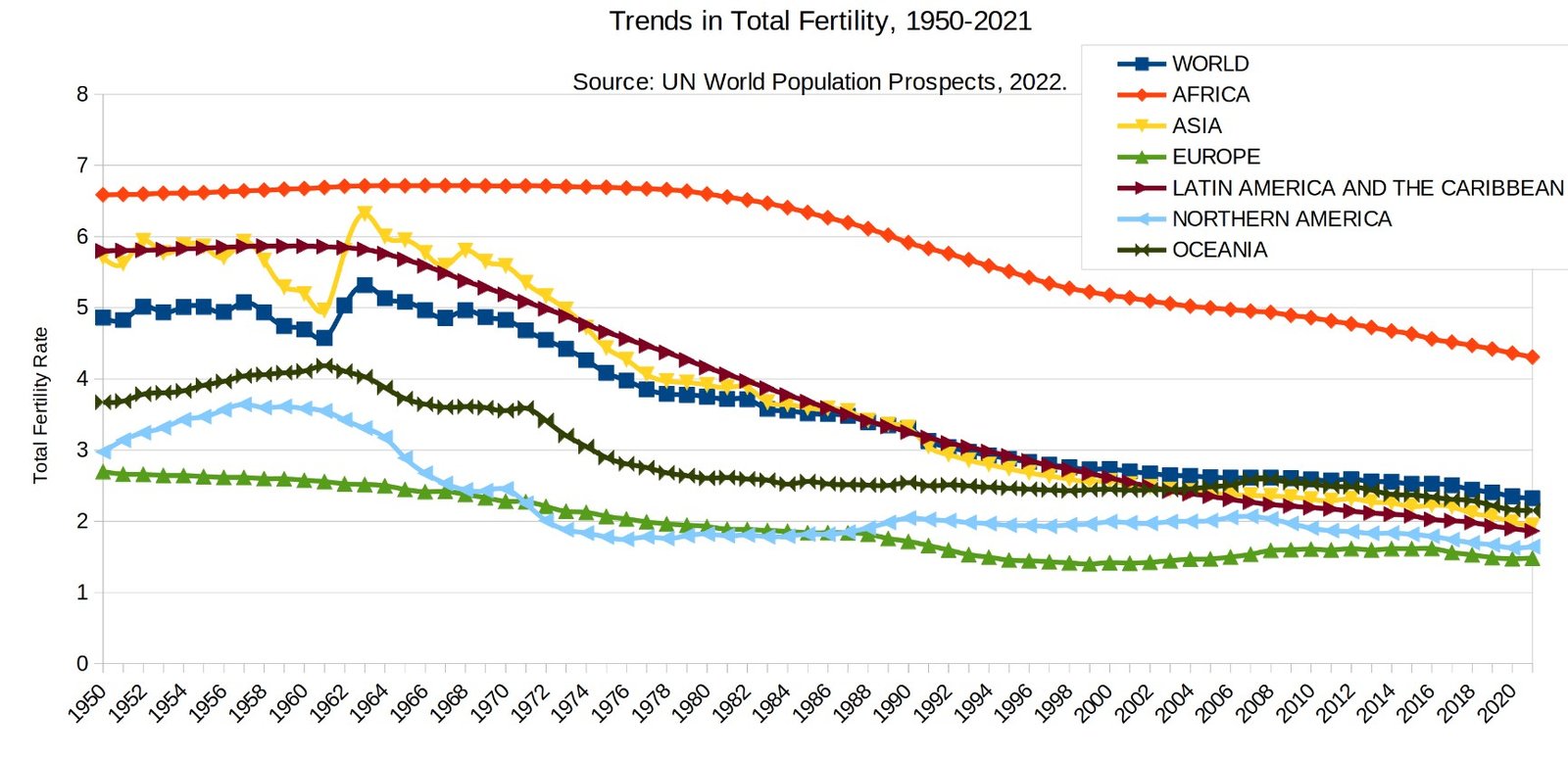A recent study has cast a spotlight on the declining fertility rates across the globe, projecting a future where the majority of countries will experience rates below the threshold needed to maintain their populations. This trend, which is expected to intensify, poses significant challenges and opportunities for societies worldwide.
The Current State of Global Fertility
The world is witnessing a widespread decline in fertility rates, a trend that is expected to persist and intensify in the coming decades. According to the Global Burden of Disease Study 2021, by 2050, an estimated 76% of countries will have fertility rates below the replacement level of 2.1 children per person who could give birth.
This demographic shift is attributed to various factors, including increased access to education, advancements in contraception, urbanization, and shifts in societal values. The implications of this trend are profound, affecting economic growth, healthcare systems, and social security structures.

Regional Variations and Their Implications
While the global average fertility rate is declining, there are significant regional variations. Sub-Saharan Africa, for instance, continues to exhibit comparatively higher fertility rates, which will drive population increases in these areas throughout the century.
The contrast between regions with declining and increasing populations will lead to a “demographically divided world,” with diverse economic and social consequences. High-income countries may face challenges related to a shrinking workforce and the pressures of an aging population, while regions with growing populations may struggle with resource allocation and infrastructure development.
Policy Responses and Future Outlook
Governments and policymakers are tasked with addressing the potential impacts of declining fertility rates. Strategies may include policies that support parents, such as childcare and parental leave, as well as ethical and effective immigration to offset population shrinkage.
The study underscores the need for a nuanced understanding of fertility trends and their drivers. As the world navigates this low-fertility future, collaborative efforts will be essential to ensure sustainable development and social well-being.








